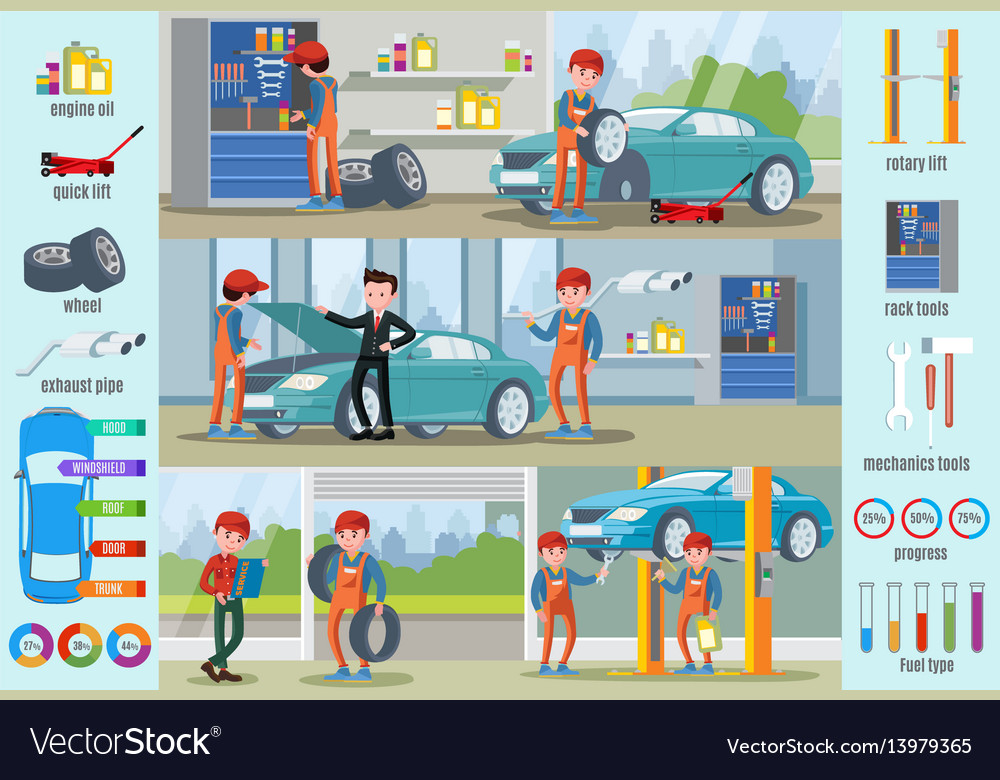Grasping The Significance Of Your Automobile'S Warning Signals: What They Really Stand For
Grasping The Significance Of Your Automobile'S Warning Signals: What They Really Stand For
Blog Article
Write-Up Created By-Hartley Stark
When you're behind the wheel, those beautiful caution lights on your control panel can be a little bit complicated. Do you understand what they're trying to inform you concerning your vehicle's health? Comprehending the significance of these lights is essential for your security and the durability of your automobile. So, the following time one of those lights turns up, wouldn't you intend to decode its message properly and take the necessary actions to resolve it?
Common Warning Lights and Interpretations
Recognize common warning lights in your car and recognize their meanings to make certain secure driving.
One of the most typical warning lights consist of the check engine light, which signals problems with the engine or exhausts system. If read more begins, it's essential to have your automobile inspected without delay.
The oil pressure warning light shows reduced oil pressure, calling for immediate interest to prevent engine damage.
A flashing battery light might suggest a malfunctioning billing system, possibly leaving you stranded if not attended to.
The tire stress monitoring system (TPMS) light alerts you to low tire pressure, affecting lorry stability and fuel effectiveness. Disregarding this can lead to harmful driving problems.
The abdominal muscle light shows an issue with the anti-lock braking system, jeopardizing your ability to stop promptly in emergencies.
Lastly, the coolant temperature warning light warns of engine overheating, which can cause serious damage if not settled quickly.
Recognizing these typical warning lights will certainly aid you attend to problems quickly and maintain risk-free driving problems.
Relevance of Prompt Attention
Recognizing the usual caution lights in your vehicle is just the very first step; the relevance of promptly dealing with these warnings can't be highlighted enough to ensure your safety and security on the road.
When a warning light brightens on your control panel, it's your automobile's way of communicating a possible problem that needs interest. Ignoring these cautions can bring about more severe troubles later on, compromising your security and possibly costing you a lot more in repairs.
Motivate focus to advising lights can avoid break downs and accidents. For instance, a flashing check engine light can show a misfire that, if left neglected, might create damages to the catalytic converter. Resolving this promptly can conserve you from an expensive fixing.
In a similar way, a brake system warning light may signify low brake fluid or used brake pads, vital parts for your safety and security when driving.
DIY Troubleshooting Tips
If you see a caution light on your control panel, there are a couple of do it yourself troubleshooting suggestions you can try prior to seeking expert aid.
The first step is to consult your automobile's manual to recognize what the specific warning light shows. Often the problem can be as simple as a loosened gas cap causing the check engine light. Tightening up the gas cap may settle the problem.
Another usual problem is a low battery, which can set off numerous warning lights. Inspecting car wrap auckland for deterioration and guaranteeing they're safe may deal with the issue.
If a caution light continues, you can try resetting it by separating the vehicle's battery for a couple of minutes and afterwards reconnecting it. Additionally, inspecting your automobile's fluid levels, such as oil, coolant, and brake liquid, can aid troubleshoot alerting lights associated with these systems.
Conclusion
In conclusion, understanding your vehicle's caution lights is crucial for maintaining your automobile running smoothly and safely. By promptly attending to these notifies and understanding what they indicate, you can stay clear of expensive repair work and prospective malfunctions.
Remember to consult your auto's handbook for specific details on each cautioning light and take action accordingly to make sure a trouble-free driving experience.
Remain notified, remain risk-free on the road!
